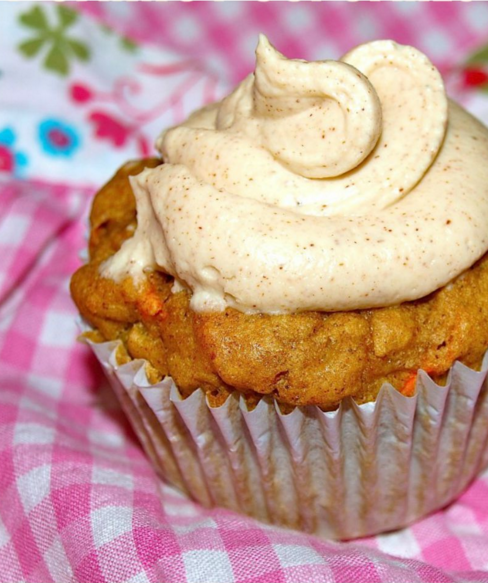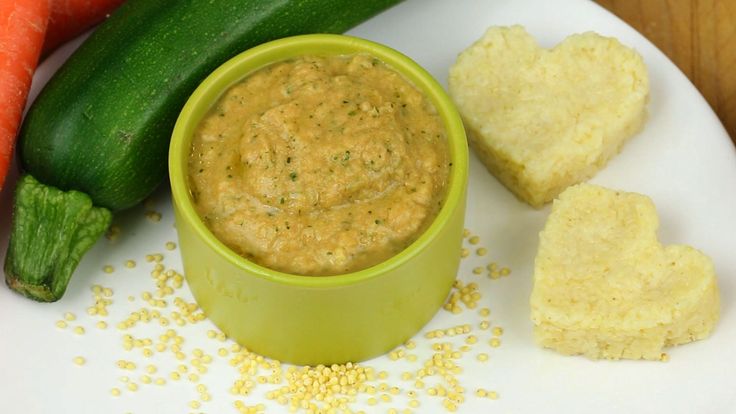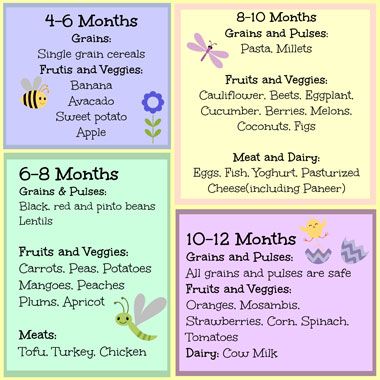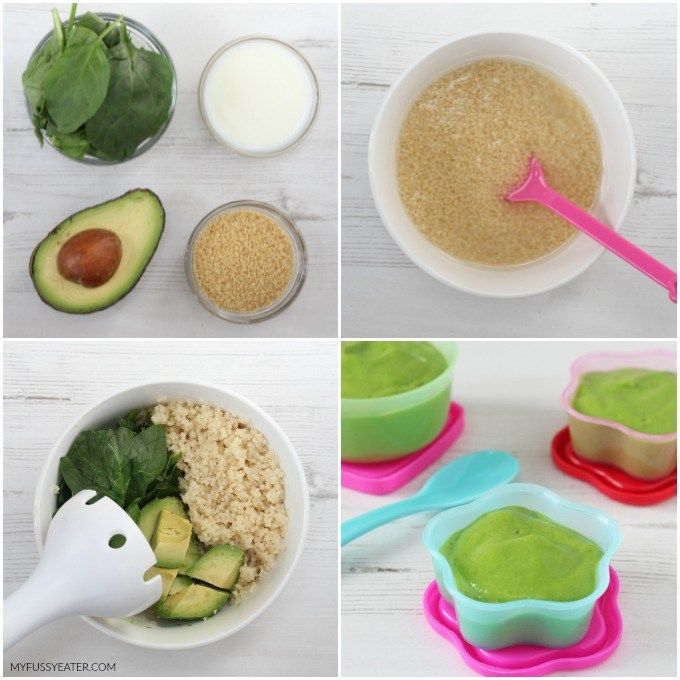Best pumpkin for baby food
Best Pumpkin Baby Food (Plus Flavor Combos)
Transform fresh pumpkin into a perfectly smooth pumpkin baby food. Serve it as is, combine with other flavors and nutrients, and learn tips for freezing it too!
Pumpkin Baby Food
Fall and winter are a great time of year to make fresh baby food—and pumpkin is a nutrient-dense option to have in the mix. If you are out and about at farm stands or your local pumpkin patch, look for a pie pumpkin and plan to make some puree!.
You can serve it plain, with healthy fats added (such as avocado, coconut, or yogurt, or with other baby foods to make flavorful combinations.
It’s a mellow-tasting baby food to make and enjoy during the fall. And you can easily freeze it for future easy baby meals.
Your toddler won’t eat? Help is here!
Sign up for our email updates to get tips and ideas in your inbox.
Please enable JavaScript in your browser to complete this form.Email *
Website
Ingredients You Need
To make this puree, you just need a pumpkin. Specifically, you need a pie or sugar pumpkin—not the kind you buy to carve into a jack-o-lantern for the best flavor. I made this recipe with a Winter Density Squash, which is an heirloom variety that one of our local farmers grows.
Step-by-Step Instructions
Here’s a look at how to make this recipe. Scroll down to the bottom of the post for the full information.
- Wash and dry your pumpkin. Cut off the stem and the base. Cut into wedges. Remove the seeds and the stringy stuff. (That’s the technical term, promise, ha!)
- Cut into wedges and brush with neutral oil or melted butter. Place on a foil lined baking sheet. Roast until soft.
- Scoop off the skin and place into a blender.
- Blend, stopping to scrape down the sides as needed to make a smooth puree.
TIP: The amount of puree you wind up with will depend on the size of your pumpkin.
Baby Food Combinations with Pumpkin Puree
You can combine this simple puree with an equal amount of the following purees:
- Apple Puree
- Banana Puree
- Pear Puree
- Avocado Puree
- Plain whole milk yogurt
- Full fat coconut milk
- Baby Oatmeal
TIP: You can also get creative and add it to any other baby foods that sound good!
Frequently Asked Questions
Can babies eat pumpkins?
Yes, babies can eat pumpkin soon after starting solids, which typically happens around six months.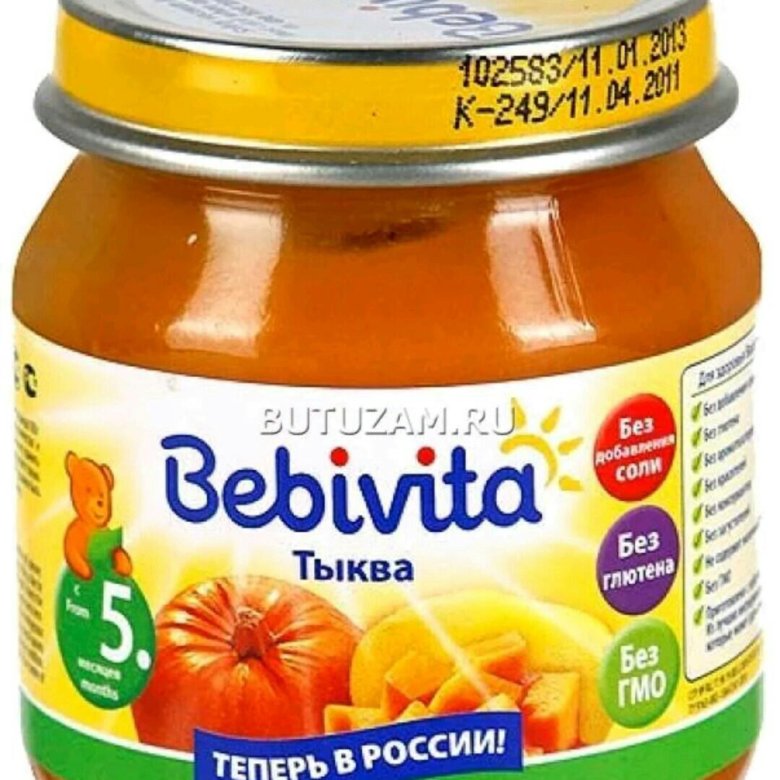
Does pumpkin help babies poop?
Freshly made pumpkin puree is a great source of fiber, which may help a baby poop.
What type of pumpkin is best for pumpkin puree?
You need a pie pumpkin or sugar pumpkin, which is not the kind you buy to carve into a jack-o-lantern. These sweeter pumpkins will have the best flavor when roasted.I made this recipe with a Winter Density Squash, which is an heirloom variety that one of our local farmers grows.
How to Store
Store in airtight containers in the fridge for up to 5 days. To freeze, add the cooled puree to a silicone ice cube tray and freeze until firm, then transfer to a zip top freezer bag and store for up to 6 months. Thaw overnight in the fridge.
Find more about freezing baby food since this is a great way to keep the batch fresh.
Best Tips for Success
- Stir in a little olive oil, butter, or avocado oil to add flavor and healthy fats to the puree before serving.

- Serve plain or combine with another baby food.
- Serve the puree on a spoon or add to a Homemade Baby Food Pouch.
- You can also use this puree in other baked goods including Pumpkin Oatmeal Muffins, Mini Pumpkin Cupcakes, Pumpkin Smoothies, and Pumpkin Oatmeal for older kiddos (and parents).
Related Recipes
I’d love to hear your feedback on this baby food recipe if you try it—I love hearing from you all!
Prep Time 10 minutes
Cook Time 40 minutes
Total Time 50 minutes
Author Amy Palanjian
Cuisine American
Course Baby Food
Calories 75kcal
Servings 8
- ▢ 1 pie or sugar pumpkin
- ▢ 2 tablespoons olive oil (or avocado oil or melted unsalted butter)
Preheat the oven to 400 degrees F.
Wash and dry your pumpkin.
Cut off the stem and the base. Cut into quarters.
Remove the seeds and the stringy stuff with a spoon and/or a knife.
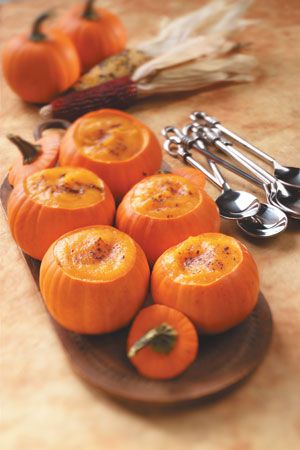
Cut into 2-3 inch wedges and brush with oil. Place on a foil lined baking sheet.
Roast until soft.
Scoop off the skin and place into a blender.
Blend, stopping to scrape down the sides as needed to make a smooth puree.
Serve, once cooled at least slightly, or combine with another favorite baby food for flavorful combinations.
Baking Sheet
Vitamix Blender
Silicone Ice Cube Tray
- Store in airtight containers in the fridge for up to 5 days. To freeze, add the cooled puree to a silicone ice cube tray and freeze until firm, then transfer to a zip top freezer bag and store for up to 6 months. Thaw overnight in the fridge. (Find more about freezing baby food here.)
- Stir in a little extra olive oil, butter, or avocado oil to add flavor and healthy fats to the puree before serving.
- Serve the puree on a spoon or add to a Homemade Baby Food Pouch.

- Serve plain or combine in equal amounts with another baby food such as:
Apple-Pumpkin Puree: Stir together equal amounts pumpkin puree and Apple Puree.
Banana-Pumpkin Puree: Stir together equal amounts pumpkin puree and
Banana Puree.
Avocado-Pumpkin Puree: Stir together equal amounts pumpkin puree and Avocado Puree.
Pumpkin Yogurt: Stir together equal amounts pumpkin puree and plain whole milk. yogurt.
Pumpkin Quinoa Cereal: Stir together equal amounts pumpkin puree and Quinoa Baby Cereal.
Pumpkin Baby Oatmeal: Stir together equal amounts pumpkin puree and Baby Oatmeal.
Calories: 75kcal, Carbohydrates: 11g, Protein: 2g, Fat: 4g, Saturated Fat: 1g, Polyunsaturated Fat: 1g, Monounsaturated Fat: 3g, Sodium: 2mg, Potassium: 578mg, Fiber: 1g, Sugar: 5g, Vitamin A: 14472IU, Vitamin C: 15mg, Calcium: 36mg, Iron: 1mg
Tried this recipe?Rate in the comments and tag @yummytoddlerfood on IG!
This post was first published October 2020.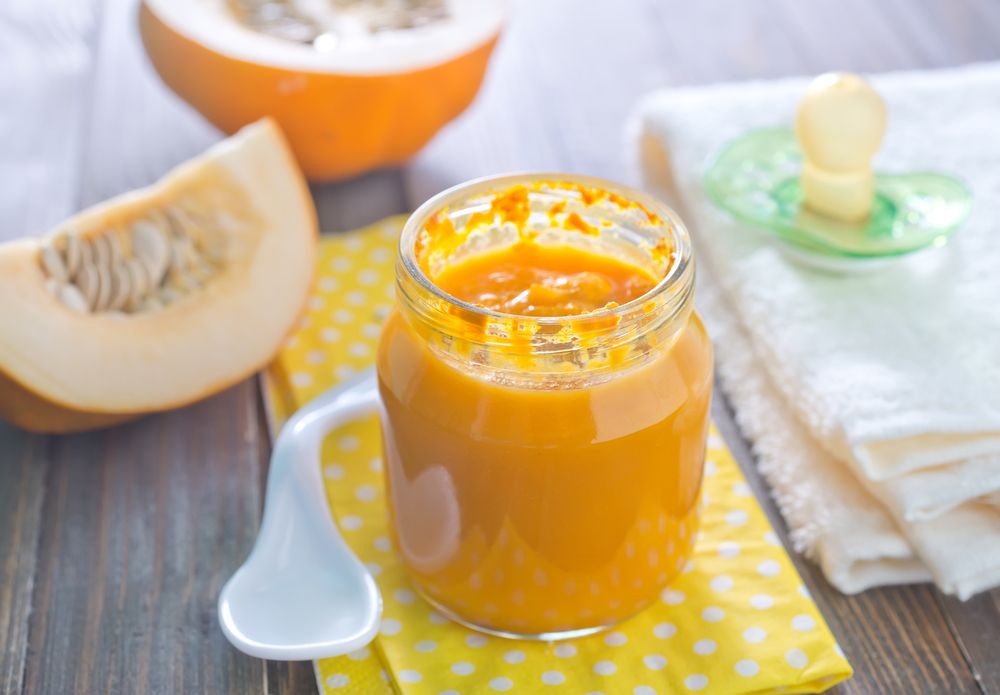
Pumpkin Puree - Healthy Little Foodies
All Posts, by Date » Baby Friendly Recipes » Pumpkin Puree
Jump to Recipe Print Recipe
Pumpkin Puree is a great first food for babies but can also be used to make your favourite pumpkin recipes. Use it in baked goods, stir it into oatmeal or add it to pasta sauces, risottos and soups.
How to Make Pumpkin PureePumpkins can be baked, steamed or boiled. Baking pumpkins is my prefered method as I believe it gives the best flavour and is better for retaining nutrients. I also find it less labour intensive (no need to cut off the peel before cooking.)
For these reasons, I always recommend roasting pumpkin when making pumpkin puree.
-
Preheat oven to 190C / 375F and line a baking tray with baking paper.
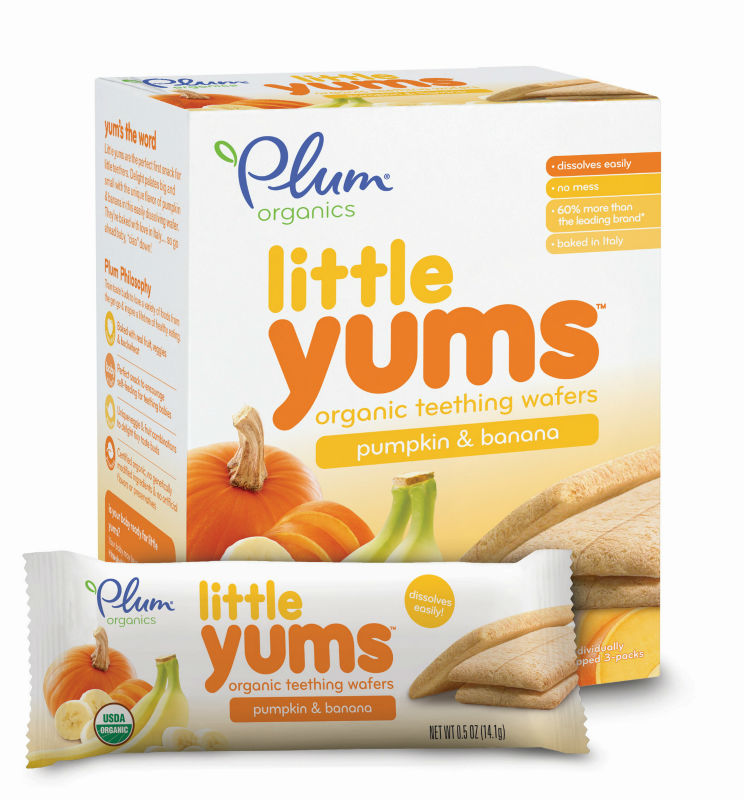 Cut the pumpkin in half, through the stem, and scoop out the seeds and stringy fibres.
Cut the pumpkin in half, through the stem, and scoop out the seeds and stringy fibres. -
Cut into large chunks and roast, uncovered, for approximately 45-50 minutes, until tender.
-
Once cool enough to handle, remove the flesh from the skin and puree in a food processor or blender.
If you would prefer to boil/steam –
- Cut the pumpkin in half, through the stem, and scoop out the seeds and stringy fibres.
- Chop into 2-3cm (1 inch) chunks and peel.
- Add to boiling water and cook for around 20-30 mins (until tender) or add to a steamer or metal colander over boiling water and steam for about 50 minutes (until tender).
- Puree in a food processor or blender.
Like a lot of fruit and vegetables, pumpkins come in a number of varieties. You can really use any variety but field pumpkins are not recommended.
Field pumpkins, like those used for jack o’ lanterns, have very little flavour, are tough and stringy.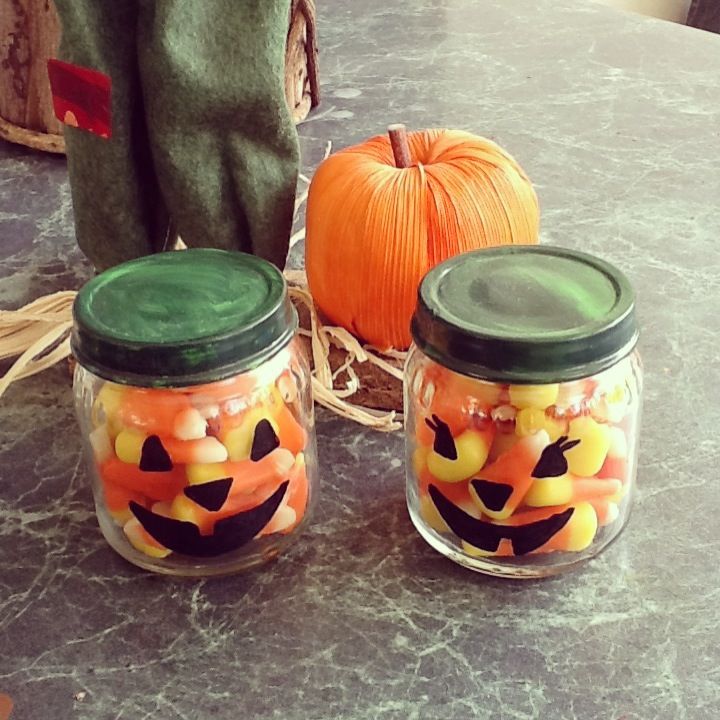 They are best left for carving and decoration and should be avoided if making pumpkin puree.
They are best left for carving and decoration and should be avoided if making pumpkin puree.
I use Kent pumpkin (also known as a Japanese Kabocha), which is a popular variety here in Australia. If you are based in the USA look for pumpkins labelled sugar or pie pumpkins
Inspect the pumpkin, visually, to see if it has any cuts, bruises or strange discolourations on its skin. If the pumpkin doesn’t look 100% on the outside, chances are it won’t be of the best quality.
Knock the pumpkin on the side with your knuckles, the best pumpkins to have a deep, hollow sound when you tap them.
Test the pumpkin texture with your finger and be sure that the flesh does not give. Soft spots are a sign that the pumpkin won’t last much longer
Pumpkin Puree for BabiesPumpkin puree can be enjoyed as it is or mixed with a range of other sweet and savoury purees. Some suggestions include
Some suggestions include
- apple puree
- carrot puree
- potato
- sweet potato puree
- oatmeal
- quinoa
- rice
- yoghurt
- chicken
Try adding different herbs and spices to give it a completely different flavour profile. Add a little cinnamon, clove, ginger and nutmeg for a delicious sweet puree (mixed with yoghurt, apple, oatmeal etc.) Or add a little thyme, rosemary, cumin or turmeric for a savoury puree (mixed with carrot, potato, chicken, rice etc).
Other Uses for Pumpkin PureeThe first time I tried pumpkin in a sweet dish was when I lived in Arkansas, USA back in 2011. Before then I would have only really used it in savoury dishes, mainly soups (coming from the UK).
I guess it depends on where you are from to what you associate it with. Here in Australia, I see it featured a lot in salads. This just shows how versatile pumpkin is. Try using this homemade pumpkin puree in:
- Butternut Squash Mac and Cheese (sub the butternut squash with pumpkin puree)
- Sweet Potato Brownies (sub sweet potato puree with pumpkin puree)
- Sweet Potato Muffins (sub the sweet potato puree with pumpkin puree)
- Pumpkin Risotto (Sub pumpkin chunks for approx 2 cups (450g) pumpkin puree)
Pumpkin Nutrition
80g of pumpkin (roughly 3 heaped tablespoons) counts as one portion of your five-a-day (1)
Pumpkin is an excellent source of beta-carotene, which your body turns into vitamin A and is a good source of vitamins C & E. It is a great source of potassium and contains other minerals such as calcium and magnesium (2)
It is a great source of potassium and contains other minerals such as calcium and magnesium (2)
Storage Instructions
- Place in an airtight container and store in the refrigerator for up to 3 days.
- Alternatively, spoon the puree into ice-cube trays and freeze until solid. (Flexible ice cube trays work best as it is easier to pop out the frozen cubes.) Once fully frozen, pop them all out and place into a freezer bag or container and return to the freezer. Freeze for up to 3 months.
Looking for more healthy kid recipes?Sign up for my free recipe newsletter to get new family friendly recipes in your inbox each week! Find me sharing more kind-friendly inspiration on Pinterest and Instagram.
5 from 1 vote
Pumpkin Puree
Pumpkin Puree is a great first food for babies but can also be used to make your favourite pumpkin recipes. Ditch the canned puree and use this homemade pumpkin puree in baked goods, stir it into oatmeal or add it to pasta sauces, risottos and soups.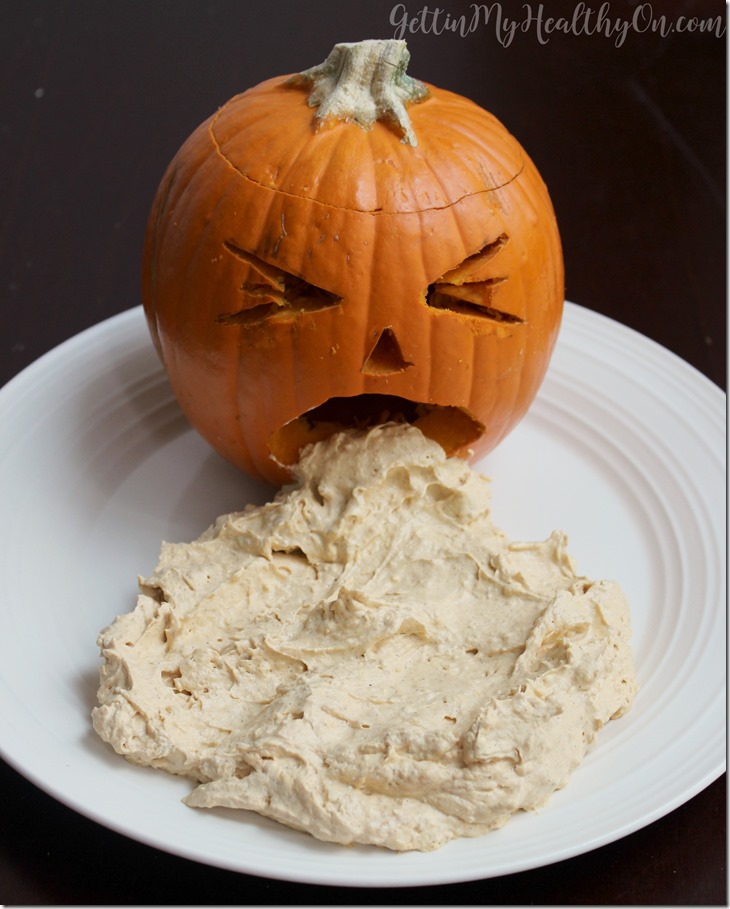
Print Pin This
- ▢
Food Processor, Blender or Stick Blender
- ▢ 1 Pumpkin * SEE NOTE 1
Heat the oven to 190c / 375f and line a baking sheet with parchment paper
Rinse the pumpkin under cold water to remove any dirt and pat dry with a clean tea towel.
Using a sharp knife cut the pumpkin down the middle, through the stem, and scoop out the seeds and stringy fibres.
Chop the pumpkin into large chunks. * SEE NOTE 3
Bake in the oven for 45-50 min, until the flesh is tender and can be easily pierced with a fork.
Once cool enough to handle, scoop the flesh from the peel and add to a food processor or blender. Blend until smooth.
- I used a Kent / Jap Pumpkin (popular in Australia). Most varieties will work but the large field pumpkins (used for Halloween decoration/ carving) are not recommended. My pumpkin was 1.23kg (approx 2.7lb) in size and yields 6 cups of puree.
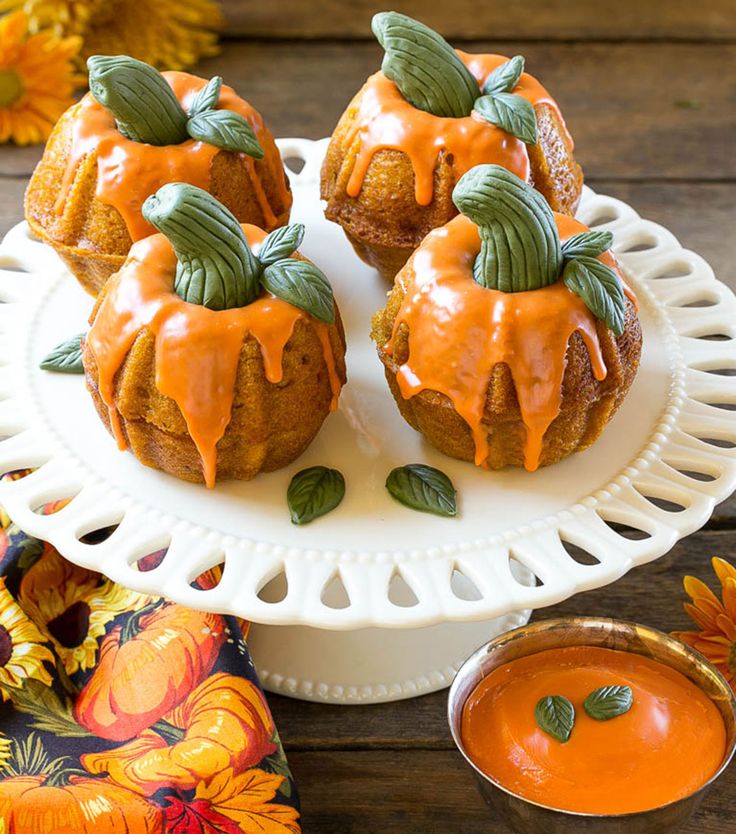
- If USA based look for sugar or pie pumpkins.
- I cut mine into 16 chunks of approx the same size. If using smaller pumpkins you will have fewer chunks.
Nutritonal information is a ROUGH guide only, calculated using an online nutrition calculator.
Nutrition Facts
Pumpkin Puree
Amount Per Serving
Calories 68 Calories from Fat 9
% Daily Value*
Fat 1g2%
Saturated Fat 1g5%
Sodium 8mg0%
Potassium 700mg20%
Carbohydrates 17g6%
Fiber 3g12%
Sugar 4g4%
Protein 2g4%
Vitamin A 2734IU55%
Vitamin C 25mg30%
Calcium 56mg6%
Iron 1mg6%
* Percent Daily Values are based on a 2000 calorie diet.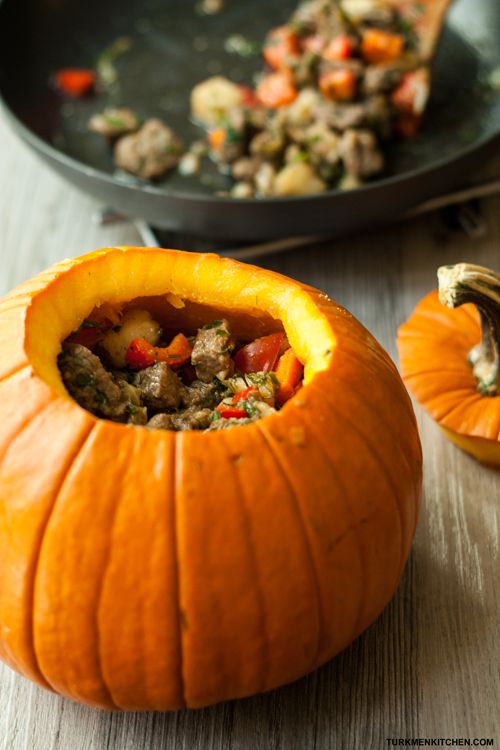
Course:Puree
Cuisine:American
Keyword:Pumpkin Puree
Did you make this recipe?Tag me on Instagram at @healthylittlefoodies or leave me a below.
Meet Amy
Amy Whiteford runs the blog Healthy Little Foodies. She is a mum to two, has a BSc (Hons) Food Science, PGDE Primary Education and a Certificate in Childhood Nutrition. She uses her experience and knowledge to create healthy and delicious recipes for kids. Explore the site for creative ideas, tips, and inspiration! Read more
How to raise a Healthy Little Foodie
Receive family friendly recipes, delivered weekly to your inbox, for FREE! And receive this FREE ebook - "How to Raise a Healthy Little Foodie"
Reader Interactions
The most popular sweet varieties of pumpkin and their advantages
Today there is a huge number of varieties of pumpkin, which differ from each other in terms of ripening, shape, weight and taste. Gardeners willingly grow decorative and fodder varieties of pumpkin, using it as a food product and animal feed.
Contents
- 1 Sweet varieties of pumpkin
- 1.1 Pumpkin Honey dessert
- 1.2 Pumpkin Winter sweet
- 1.3 Variety yellow centner
- 1.4 Gray Volzhskaya
- 1.5 Gribovskaya Pumpkin
- 2 The most sought -after pumpkin
- 3 Paris Golden
- gourd : the most cold-resistant; late-ripening; suitable for the middle band; lies until summer;
- hard-barked gourd : the smallest gourds; precocious; shoots and leaves are covered with hard thorns; grown everywhere;
- Muscat pumpkin : the most thermophilic and late ripening; pumpkins are very tasty; in the middle lane it is more reliable to grow through seedlings and with shelter.

- good yield
- high yield of tender pulp
- high marketability
- lasts until summer
- cold resistant
- susceptibility to powdery mildew, gray mold and anthracnose
- excellent taste
- high marketability
- crack resistance
- gray mold resistance
- long shelf life without loss of taste
- late ripening
- growing through seedlings
- excellent taste
- high quality pulp
- good keeping quality
- takes up a lot of space in the garden
- high marketability
- portion sizes pumpkins
- good consumer qualities during storage
- sets little fruit in an unfavorable season
- high consumer qualities
- portion size pumpkins
- stable yield
- resistance to anthracnose
- high cold resistance
- excellent keeping quality until spring
- susceptibility to powdery mildew
- late maturity
- high marketability
- portioned fruits
- good taste
- weather resistance
- average yield
- very thick stems
- bright pumpkin flavor
- good keeping quality
- weather resistance
- hard to find genuine seeds
- excellent taste
- productivity
- high marketability and uniformity
- cold resistance
- short storage period
- difficult to find seeds
- high taste rating
- cold resistance
- heat resistance
- high yield
- the plant takes up a lot of space
- good consumer qualities
- cold resistance
- not suitable for long term storage
- drought resistance
- high consumer qualities of pulp
- good keeping quality
- late ripening
Pumpkin
The most pier melons, and this is easy to explain, because mousses, juices, purees, casseroles, ice cream, parfait, marmalade and a lot of other interesting dishes are made from fruits. Among the most famous varieties, the most popular and well-known are: Honey, Gray Volga, Paris Gold, Winter Sweet and others. Almost all the best varieties for the middle lane have juicy, sweet flesh with a bright orange tint. Some types of pumpkin are eaten raw or mashed.
Honey Dessert Pumpkin
Honey Dessert Pumpkin is superior in taste to many varieties for the Moscow region. The description is as follows: the pulp is quite thick and is up to 10 cm, it is very sweet, crispy, fragrant and juicy.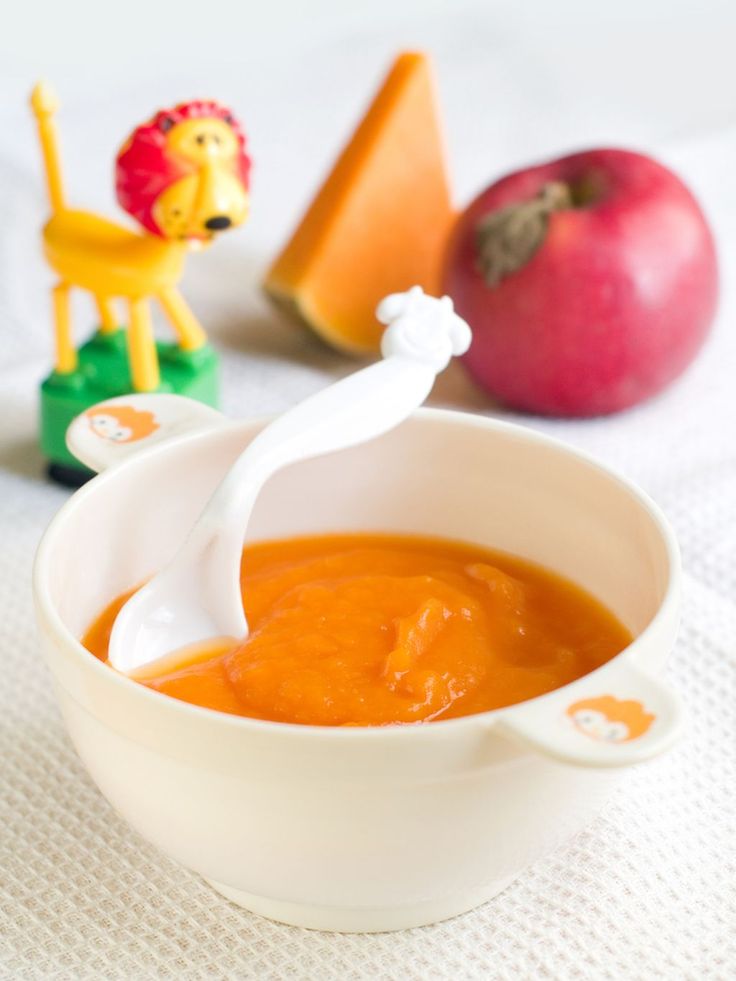 That is why the Medovaya pumpkin variety is often used to make juices, purees, cereals and other dishes. It is readily eaten raw and used for a diet menu. Medovaya pumpkin is a very early variety in terms of maturation, since only 85-90 days. Ripened fruits have a mass of 4-6 kg and are suitable for storage.
That is why the Medovaya pumpkin variety is often used to make juices, purees, cereals and other dishes. It is readily eaten raw and used for a diet menu. Medovaya pumpkin is a very early variety in terms of maturation, since only 85-90 days. Ripened fruits have a mass of 4-6 kg and are suitable for storage.
The shape of the pumpkin is round and has distinct ribs, its skin is thin but firm. The pulp of the vegetable contains zinc, potassium, magnesium, copper, phosphorus and iron, which are necessary for the human body. In addition, the pulp contains a lot of vitamin D, which allows the body to absorb the iron contained in the pumpkin. A pumpkin variety is often used to make baby food.
Sweet winter pumpkin
This variety is included in the group of late-ripening varieties, as it takes 122-128 days for the full ripening of the fruit. The size of the Winter sweet pumpkin is quite large, it has a slightly flattened shape and light weight. On average, the weight of a pumpkin is 3-5 kg. A characteristic difference between the Winter Sweet variety was the dark gray peel of the vegetable.
A characteristic difference between the Winter Sweet variety was the dark gray peel of the vegetable.
The pulp of the fruit is distinguished by a bright orange color, very juicy and sweet, fragrant and dense. Many people believe that this is the most delicious pumpkin, so it is very often used to make baby purees and juices. As many reviews about Winter sweet pumpkin say, it can be stored for a long time, transportable and able to withstand many diseases.
Yellow centner variety
Yellow centner variety is distinguished by huge fruit size and thick, sweet flesh with bright orange color. The fruits of this variety can reach up to 50 kg and contain an increased amount of carotene in their pulp. This variety is included in the group of mid-season, since the period until the first harvest is 98-105 days. Pumpkin seeds came from German selection, but are widely distributed in our country.
Fruits of a pumpkin of a flat-round shape, golden color.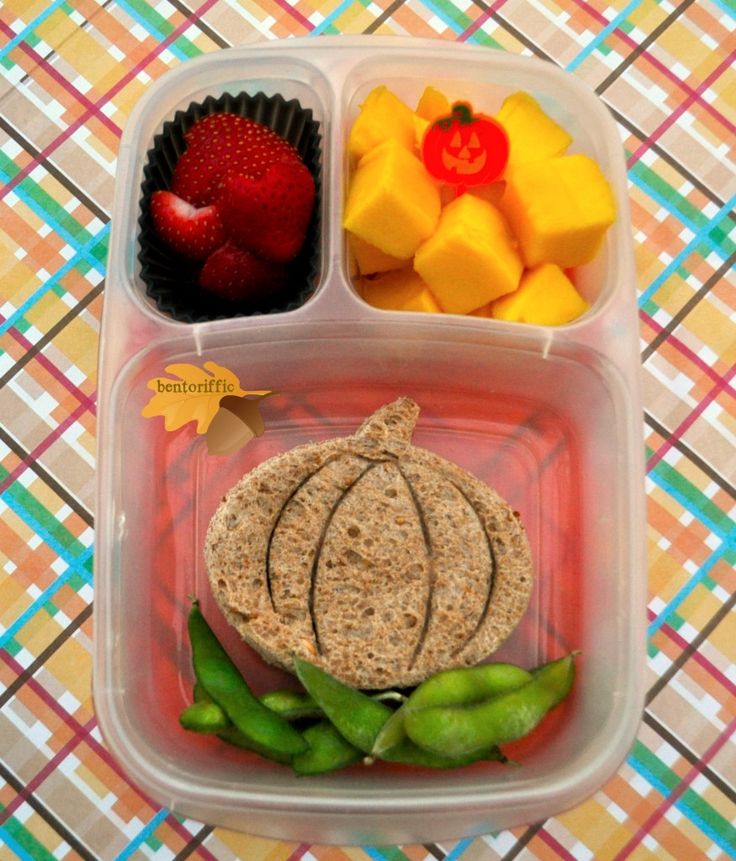
Pumpkin yellow centner is resistant to diseases and has a high sugar content. Often, Centner pumpkin is present in baby food and diet menus. Fruits are well stored and differ in large seeds. With good soil, the weight of a pumpkin can reach 100 kg, and the fruit itself produces a large number of seeds, which are fried and sent for sale.
Gray Volzhskaya
Another mid-season variety is Gray Volzhskaya pumpkin, which takes 100-120 days to grow. The average weight of the Volga pumpkin is about 9 kg, it has a slightly flattened, rounded shape and an absolutely smooth surface.
The main differences that Volga pumpkin has is its contrast, where the skin is gray and the flesh is orange.
The pulp of the fruit is quite dense, very sweet, juicy, it is used for making juices, purees, diet food, desserts. Pumpkin seeds are of great value for medicine, as they produce high quality oil. Grade Gray Volzhskaya is transportable, unpretentious and stored for a long time.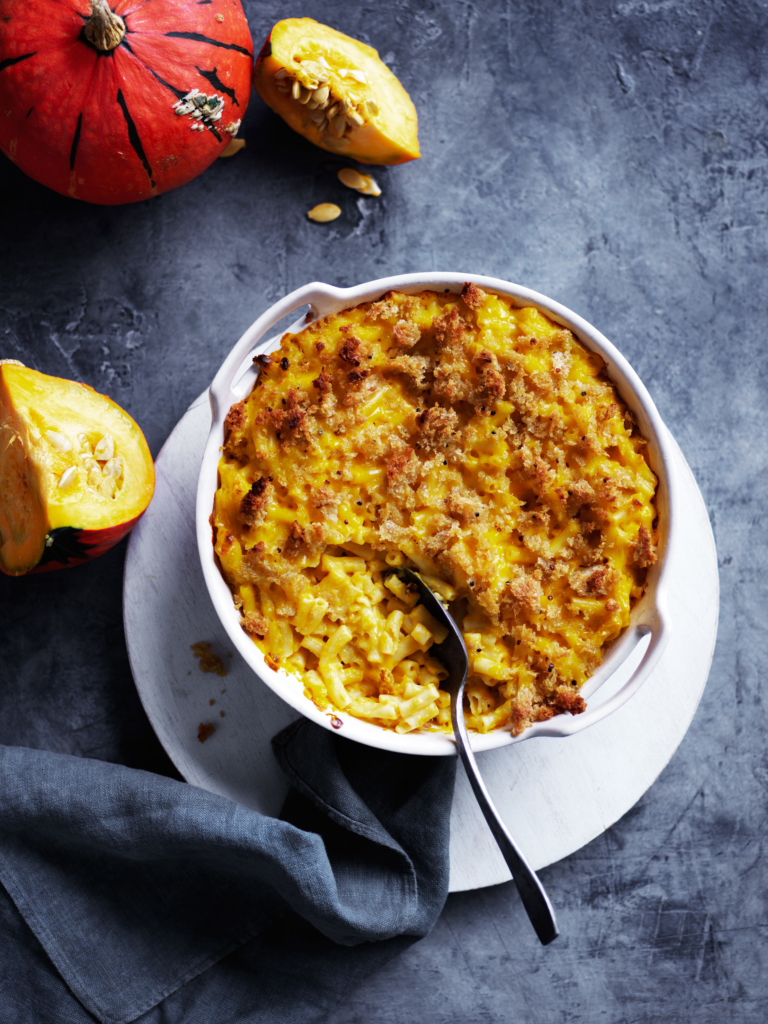 Harvest well ripened, and the seeds are planted in areas with sun or partial shade.
Harvest well ripened, and the seeds are planted in areas with sun or partial shade.
Regardless of where the pumpkin is planted, the soil must be fertile and well cultivated, as the plant is very capricious in this regard. In addition, this variety loves a lot of heat, so its seeds are planted in well-heated soil or through seedlings. If, during planting, the soil temperature was below 12 degrees, then almost half of the seeds rot.
Pumpkin Gribovskaya
This variety is considered the oldest in our country and is well known to many gardeners.
Its fruits reach a maximum of 5 kg and are distinguished from other varieties by their obovate, oblong shape. The peel of the pumpkin is smooth with barely noticeable ribs, its color is not constant and changes as the pumpkin ripens. The peel is green at first and later turns golden. Sometimes wide green stripes may remain on the fruits, but this does not mean that the fruits are not ripe.
Today Gribovskaya pumpkin is the most common variety, as it ripens quickly, is stored for a long time, has an excellent taste and has a high yield.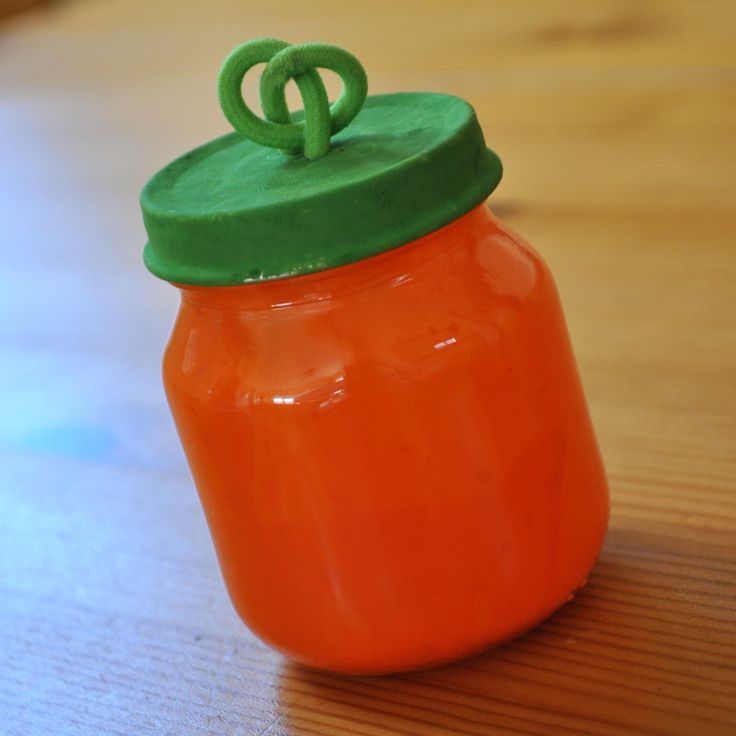 From one square meter of land, you can collect 4-8 kg of fruit.
From one square meter of land, you can collect 4-8 kg of fruit.
The most demanded variety of pumpkin
If we review all the available varieties of pumpkins, for example, for Siberia, which are grown by gardeners, then there are a lot of sweet varieties. Desserts, juices, mashed potatoes, cereals, marmalade, mousse, marshmallows and a host of other interesting dishes are readily prepared from them. They are bred by a lot of people from all over the world, getting new universal seed samples. For example, the Parisian gold pumpkin is one of them.
Golden Parisian Pumpkin
This variety belongs to the large-fruited group, it is resistant to droughts and provides gardeners with a high yield. Description of the variety: pumpkin fruits can lie for a long time and are transportable. Seeds of this variety are planted directly in open ground or sown with seedlings. It takes 105-115 days to harvest, so the Parisian gold pumpkin is a mid-season variety, just like the Kroshka variety. It is characterized by high productivity, where the indicator per square meter of land is 4-10 kg. The average fruit weight is 4-9 kg, but with good soil - 16 kg.
It is characterized by high productivity, where the indicator per square meter of land is 4-10 kg. The average fruit weight is 4-9 kg, but with good soil - 16 kg.
The pumpkin itself is golden in color and has a thick skin that is easy to cut. The pulp is dense, juicy, tasty with orange color. Since this is the sweetest pumpkin, it is used to make baby food, pastries, fruit soups, using it in the diet menu. In addition, some people freeze pieces of this pumpkin to eat all year round, providing their body with useful vitamins and minerals.
Seeds of golden paris squash are planted at the end of May, when the ground warms up well, in colder areas, planting is carried out at the beginning of June. The most effective way to plant seeds of this variety is to soak the seeds, and then plant them in the ground with sprouts.
Regardless of variety, shape, color or size, pumpkin is considered the healthiest vegetable. It is readily used for food and in agriculture. Thanks to a detailed description, you can learn more about this vegetable, how to cook it, varieties, and determine the time and place for planting seeds. Read the article about pumpkin varieties for Russian gardens.
Read the article about pumpkin varieties for Russian gardens.
11 best varieties of pumpkin
Pumpkin is the oldest vegetable crop whose seeds 7,000 years ago were found in America during archaeological excavations. Today, the healing and dietary properties of pumpkin have a scientific basis. In baby food, this vegetable replaces carrots and apples in terms of vitamin content. How to choose the best pumpkin varieties will be discussed in our review.
The taste of pumpkin is treated differently, and the taste of different varieties of pumpkin varies greatly. Some are looking for varieties with a classic vegetable taste for making puree soups, while others need sweet dessert varieties to “crunch” raw slices. Varietal diversity can satisfy the needs of everyone. In Russia, pumpkin is represented by three types:
Decorative varieties of pumpkins are considered separately: warty, mushroom-shaped, tiger, zebra, orange, watermelon, pear-shaped. I use their fruits in an unripe state, before the crust hardens. Ripened fruits serve as material for crafts and garden decor.
Rating of the best varieties of pumpkin
| Category | Location | Description | Rank |
|---|---|---|---|
| The best varieties of large-fruited pumpkin | 1 | Medical (Russia, 1994) | 9.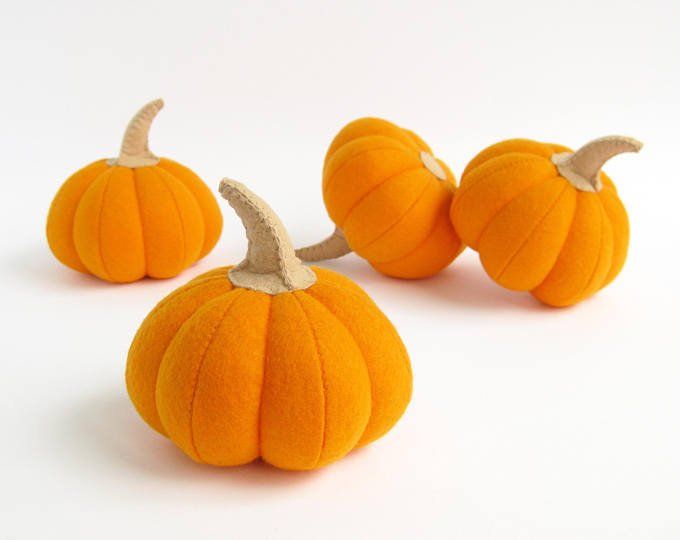 9 / 10 9 / 10 |
| 2 | Marble (Russia, 1975) | 9.9 / 10 | |
| 3 | Pink Banana (USA, not listed) | 9.9 / 10 | |
| 4 | Kashevar (Russia, 2017) | 9. 8 / 10 8 / 10 | |
| 5 | Kroshka (Russia, 1996) | 9.8 / 10 | |
| 6 | Orange Summer F1 (Holland, 2015) | 9.8 / 10 | |
| The best varieties of hard-barked pumpkin | 1 | Melonet Jaspe du Vende (France, not registered in the register) | 9.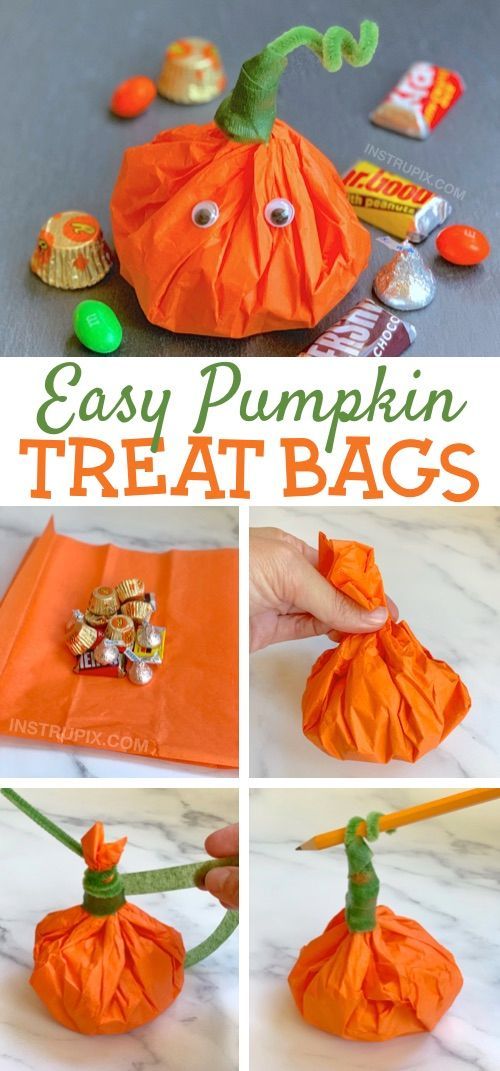 9 / 10 9 / 10 |
| 2 | Winter Luxury Pie (USA, not in the registry) | 9.8 / 10 | |
| The best varieties of nutmeg pumpkin | 1 | Matilda F1 (Holland, 2009) | 9.9 / 10 |
| 2 | Vitaminnaya (Russia, 1952) | 9.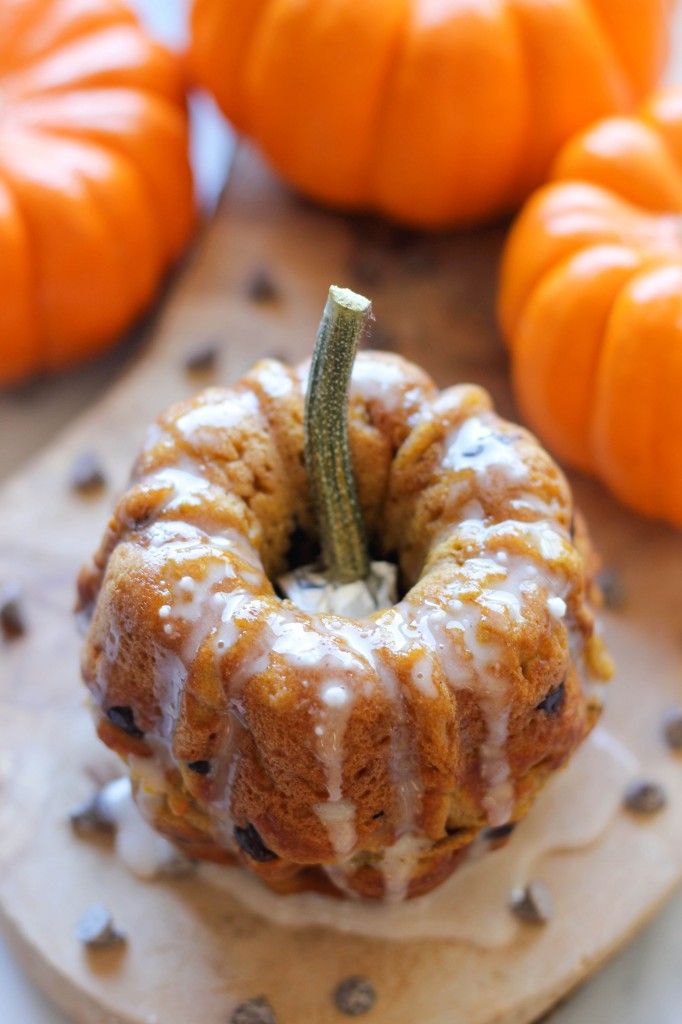 8 / 10 8 / 10 | |
| 3 | Muscat de Provence (France, 2013) | 9.8 / 10 |
The best varieties of large pumpkin
|
Medical (Russia, 1994) Opens our ranking of the best varieties of pumpkin, an early maturing, patented table variety for farm and amateur cultivation. The variety is approved for cultivation in the North-Western, Central, Volga-Vyatka regions, in the Lower Volga region, Siberia and the Urals. Suitable for winter-spring use, immediately after harvesting it has a high starch content. Main advantages: Cons: | 9. Rating Reviews Can be eaten raw, strongly stains hands and knife, very few seeds. I grow for candied fruits - the whole family loves them. Sweetness is present, but not cloying. Good for puree and frying. The best taste is in those whose bark has already turned pink during storage. |
|
Marble (Russia, 1975) An old dessert variety of pumpkin of medium late ripening. The variety is zoned in the North Caucasus region, where it is grown by direct sowing into the ground. In the middle lane, it is recommended to use the seedling method. In the Moscow region, 3-week-old seedlings of Marble pumpkin, grown in individual liter pots, are planted in open ground. Main advantages: Cons: | 9. Rating Reviews Very sweet pumpkin, not capricious in cultivation. The fruits do not crack after cold rains. Perfectly ripen at home, if the weather does not allow to leave on the site. |
|
Pink Banana (USA, not listed) Good vintage American mid-season squash. This pumpkin variety is popular throughout Russia. In cool summers, it sets fewer fruits. Suitable for winter and winter-spring use. The taste improves with storage. Main advantages: Cons: | 9. Rating Reviews I have been growing Banana for a long time, I like the taste and yield. But he needs a lot of space and enough sun. The rest is unpretentious. |
|
Kashevar (Russia, 2017) A promising early maturing variety of table pumpkin. Main advantages: Minuses: | 9. Rating Reviews I grow a variety recently. I like the taste: both for baking and for juice. In the middle lane, they ripen completely in the garden. It reacts very badly to shading in the morning. |
|
Kroshka (Russia, 1996) Good mid-late varietal pumpkin for table use. Main advantages: Cons: | 9. Rating Reviews For our family, this is the most delicious dessert variety of pumpkin. We eat it even raw. I grow through seedlings - it's more reliable. The rest of the care is normal, without sophistication. |
|
Orange Summer F1 (Holland, 2015) Modern early maturing hybrid of table pumpkin. The hybrid is approved for cultivation in all regions of Russia. Suitable for autumn use and immediately after removal. As it is stored, it picks up sugar. Lies until spring. Sensitive to light: in partial shade, the fruits are poorly tied and shrink. Main advantages: Cons: | 9. Rank Reviews This hybrid is a godsend for opponents of sweetness in vegetables. I cook "vegetable" dishes from pumpkin. The fruits are medium-sized, the yield of pulp is high. |
The best hard-barked squash
|
Melonet Jaspe du Vende (France, not registered in the register) An old pumpkin variety of early and medium early ripening. Main advantages: Cons: | 9. Rating Reviews The most delicious and fruitful of hard-skinned pumpkins. Not too sweet or strong flavor. The slices are pleasant raw. In the suburbs grows and matures perfectly. |
|
Winter Luxury Pie (USA, not in the registry) Early ripe variety of pumpkin. The variety is successfully grown in Tomsk, Moscow, Orenburg regions, Perm region. To obtain larger fruits, the plant is normalized and the remaining lashes are pinched. Main advantages: Cons: | 9. Rating Reviews Surprised by tender pulp, when fresh it bites gently, without crunch. A lot started and all of the same size and shape, as in the selection. |
The best varieties of butternut squash
|
Matilda F1 (Holland, 2009) Mid-season pumpkin hybrid for horticultural cultivation. The hybrid is approved for cultivation in the Central region. The seedling method is used, planting 3 week old seedlings in the ground. When harvested prematurely, pumpkins ripen well indoors. Main advantages: Cons: | 9. Rating Reviews Matilda is the best kept and the sweetest of the butternut squash. If you create good conditions and are lucky with the weather, you will be pleased with the yield. |
|
Vitaminnaya (Russia, 1952) Well-known late-ripening pumpkin variety. In the register for the North Caucasus region, but actively grown in the central part of Russia through seedlings. In the Moscow region Vitamin pumpkin has time to ripen in the garden. Powdery mildew and anthracnose are affected to a moderate degree. Main advantages: Cons: | 9. Rating Reviews A successful variety, which is still held in high esteem by many. I roll juice from Vitaminnaya for the winter. It is better to use it until the end of autumn, although it lies relatively well in coolness and darkness, but the taste is worse. |
|
Muscat de Provence (France, 2013) In the state register, it is listed as Muscat Provence. Pumpkin Muscat de Provence is zoned in all regions of Russia. Grown through seedlings. In the Moscow region, it does not ripen during the season, it is removed for ripening in a warm room. Readiness for use is determined by the mature color of the bark. To accelerate the maturation of the lashes are normalized. Main advantages: Cons: | 9. Rank Reviews The acclimatized "Timiryazev version" of the variety is not so late, it ripens better. The fruits already in early December are gaining a pleasant sweetness. The pumpkin has fragile whip shoots and a powerful tap root system. The flowers are dioecious, pollinated mainly by bees due to the heaviness of the pollen, intolerable to the wind. |
In Russia, many varieties are reproduced by several originators. According to the reviews of summer residents with 15 - 20 years of experience, an assessment of the pumpkin variety should be given with an indication of the manufacturer.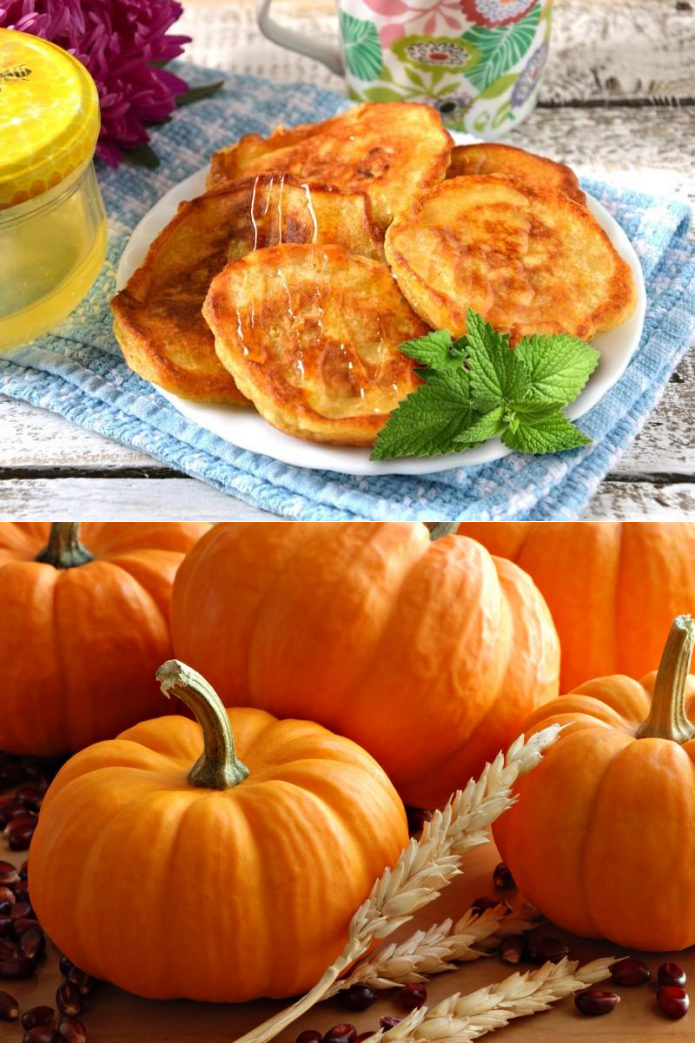

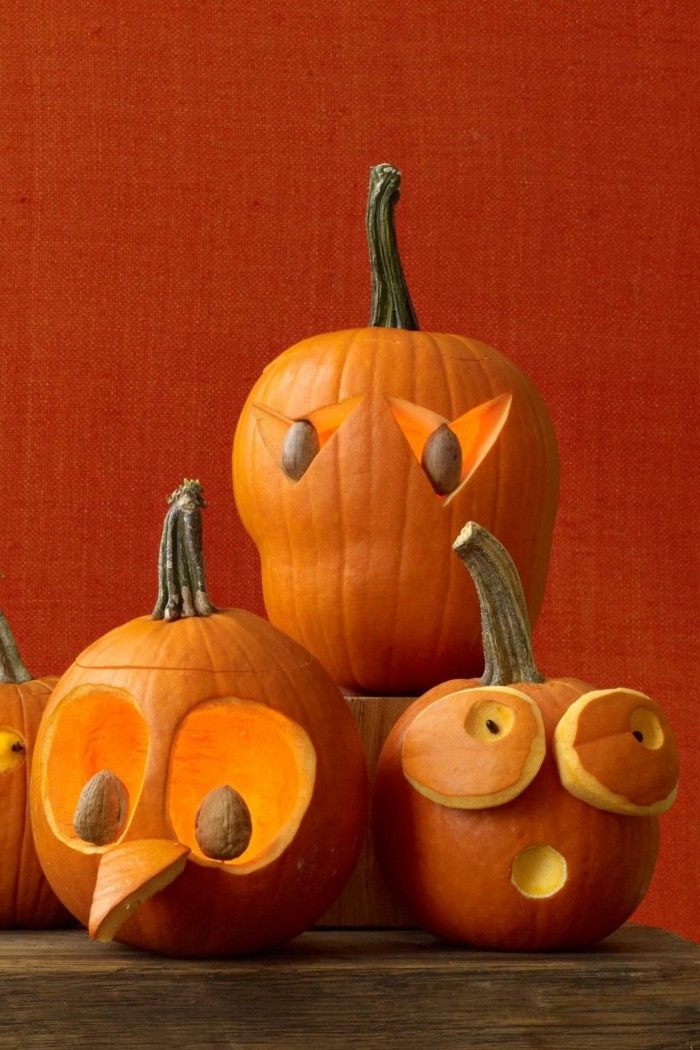 Ripe fruit gives for 95 - 105 days after germination. The plant forms short lashes with uncut leaves. The pumpkin is flattened, with slightly pronounced lobes, light gray with a dense dark gray mesh, weighing 4 - 6 kg. The bark is thin. The pulp is of medium thickness, light orange, crispy, dense, sweet, juicy, with a delicate aroma. Seed nest of medium size, open; seeds are smooth, medium size.
Ripe fruit gives for 95 - 105 days after germination. The plant forms short lashes with uncut leaves. The pumpkin is flattened, with slightly pronounced lobes, light gray with a dense dark gray mesh, weighing 4 - 6 kg. The bark is thin. The pulp is of medium thickness, light orange, crispy, dense, sweet, juicy, with a delicate aroma. Seed nest of medium size, open; seeds are smooth, medium size. 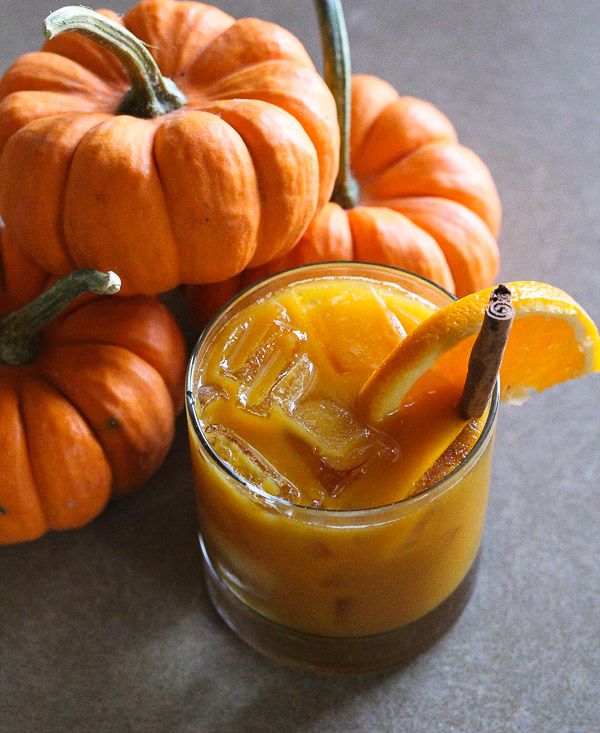 9 / 10
9 / 10 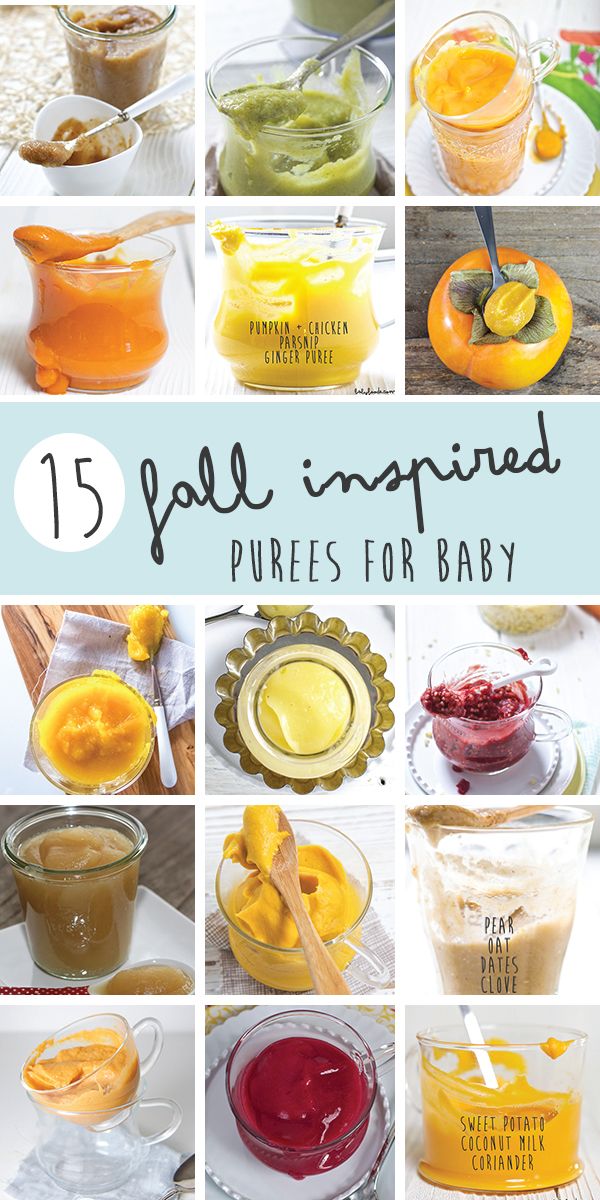 Harvesting is carried out 135 days after germination. The plant forms long and powerful lashes. The pumpkin is flattened, with a wrinkled surface, with pronounced lobes, greenish-gray with light speckles, acquires an orange color when ripe, weighing 4-5 kg. The flesh is firm, juicy, tender, amber-orange, sweet and aromatic. Ideal for baking.
Harvesting is carried out 135 days after germination. The plant forms long and powerful lashes. The pumpkin is flattened, with a wrinkled surface, with pronounced lobes, greenish-gray with light speckles, acquires an orange color when ripe, weighing 4-5 kg. The flesh is firm, juicy, tender, amber-orange, sweet and aromatic. Ideal for baking. 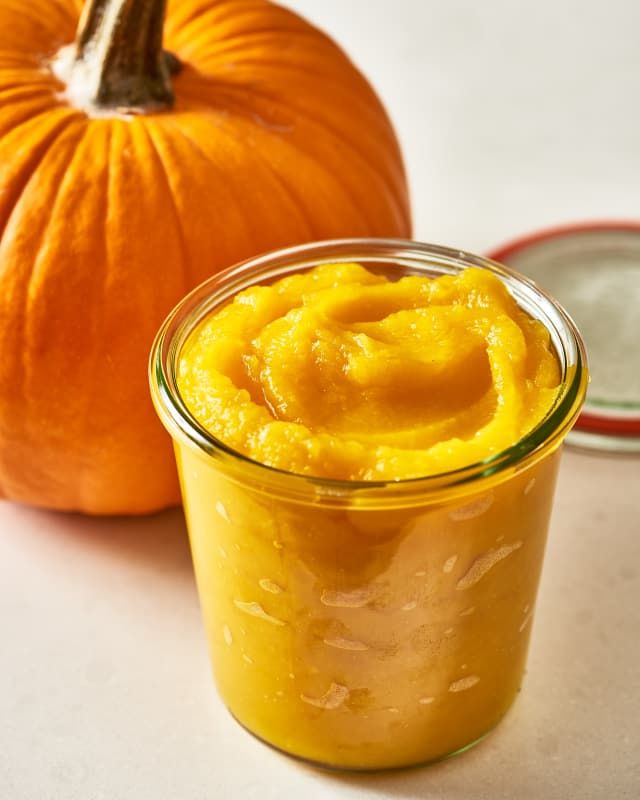 9 / 10
9 / 10 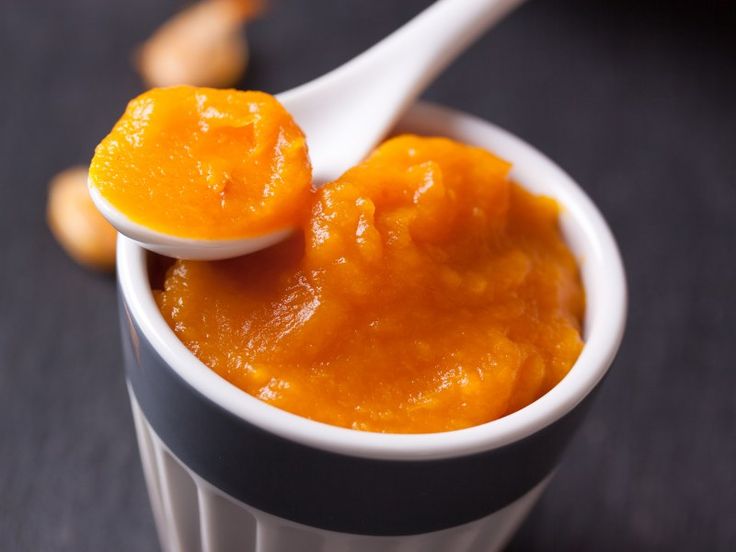 Ripens 100 - 115 days after germination. The plant is powerful, gives whips more than 5 meters long with large leaves. Pumpkin outwardly resembles an overripe zucchini, oblong, up to 120 cm long, pink-orange, with light elongated spots, with an average weight of 7–10 kg, when normalized, it reaches 28–30 kg. The flesh is bright orange, dense, tender, without fibers, sweet, with a slight pumpkin aroma. The bark is thin, strong, cracks when cut.
Ripens 100 - 115 days after germination. The plant is powerful, gives whips more than 5 meters long with large leaves. Pumpkin outwardly resembles an overripe zucchini, oblong, up to 120 cm long, pink-orange, with light elongated spots, with an average weight of 7–10 kg, when normalized, it reaches 28–30 kg. The flesh is bright orange, dense, tender, without fibers, sweet, with a slight pumpkin aroma. The bark is thin, strong, cracks when cut.  9 / 10
9 / 10  The fruits ripen in 85 - 100 days after germination. The plant forms long lashes with slightly dissected leaves of medium size. The pumpkin is flat-round, red, with a pattern of dark green spots and strokes on the surface, wrinkled, divided into lobule segments, with small grooves, weighing 2-3 kg. The pulp is bright orange, dense, crispy, fragrant, sweet, juicy. The seed chamber is medium in size, the seeds are large. Up to 8 fruits can be harvested from one plant. After removal, marketable and taste qualities are preserved 80 - 90 days. This pumpkin variety is recommended for cultivation in all regions of Russia. Suitable for autumn and winter use.
The fruits ripen in 85 - 100 days after germination. The plant forms long lashes with slightly dissected leaves of medium size. The pumpkin is flat-round, red, with a pattern of dark green spots and strokes on the surface, wrinkled, divided into lobule segments, with small grooves, weighing 2-3 kg. The pulp is bright orange, dense, crispy, fragrant, sweet, juicy. The seed chamber is medium in size, the seeds are large. Up to 8 fruits can be harvested from one plant. After removal, marketable and taste qualities are preserved 80 - 90 days. This pumpkin variety is recommended for cultivation in all regions of Russia. Suitable for autumn and winter use.  8 / 10
8 / 10 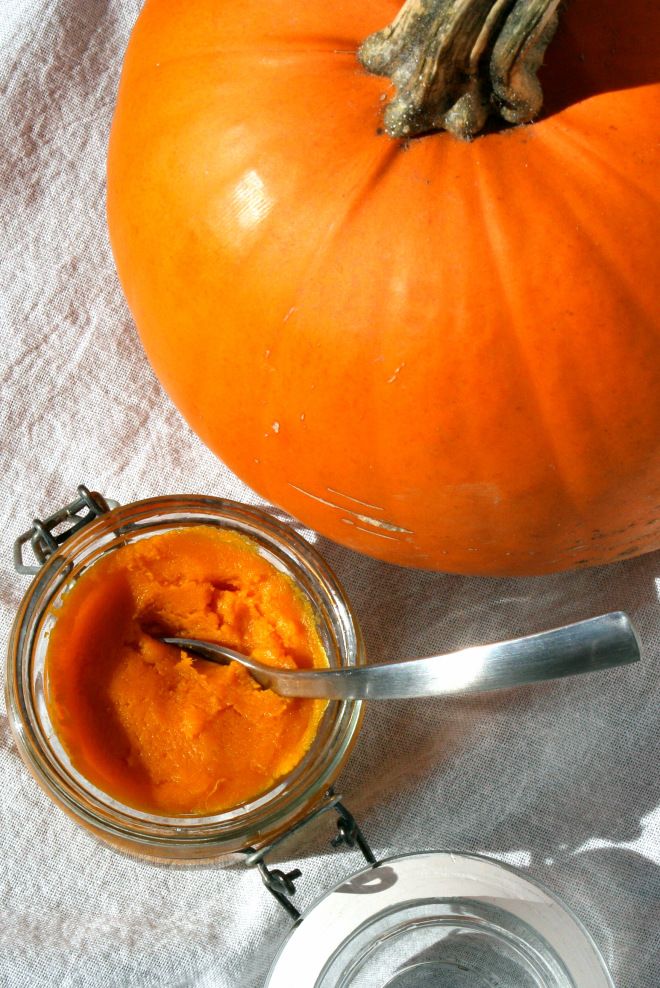 The fruits ripen 120 - 127 days after germination. The plant produces a long whip with large whole leaves. The pumpkin is flat-round, with a smooth surface, light gray, sometimes with pinkish spots, weighing 2.5 - 3.5 kg. The bark is of medium thickness, woody, the flesh is dense, bright orange, thick, prickly, sweet, medium juicy. Seed nest of medium size, closed; seeds are elongated, large, yellow. The variety is zoned in the Lower Volga region and the Far East. Suitable for winter and spring use. In the Moscow region, the Kroshka pumpkin ripens well and is stored.
The fruits ripen 120 - 127 days after germination. The plant produces a long whip with large whole leaves. The pumpkin is flat-round, with a smooth surface, light gray, sometimes with pinkish spots, weighing 2.5 - 3.5 kg. The bark is of medium thickness, woody, the flesh is dense, bright orange, thick, prickly, sweet, medium juicy. Seed nest of medium size, closed; seeds are elongated, large, yellow. The variety is zoned in the Lower Volga region and the Far East. Suitable for winter and spring use. In the Moscow region, the Kroshka pumpkin ripens well and is stored.  8 / 10
8 / 10 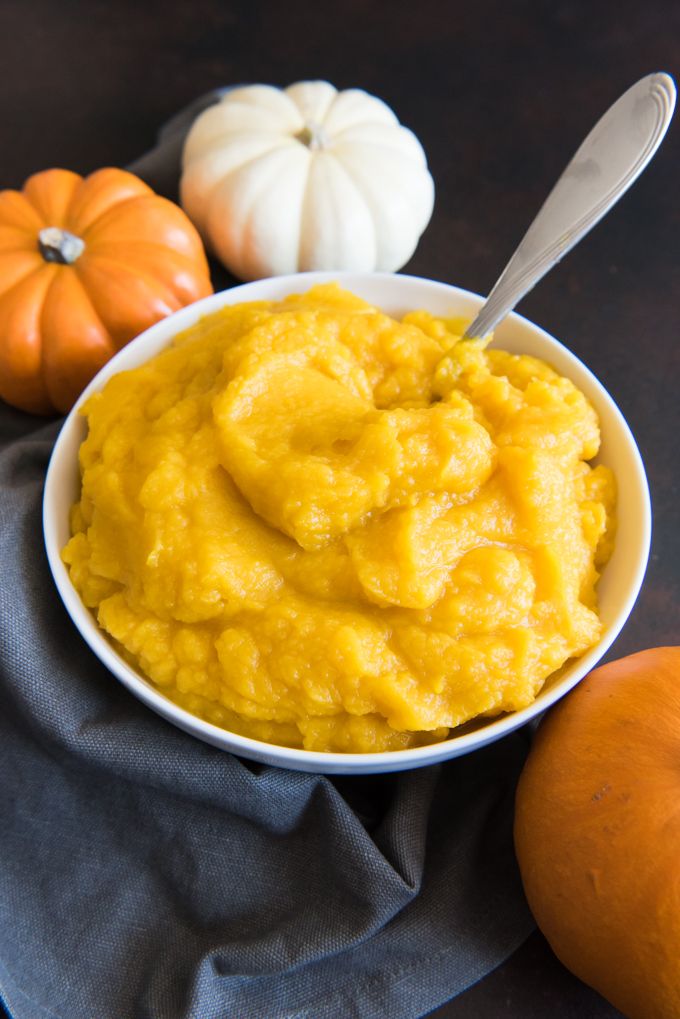 The plant is compact, forms lashes of medium length, with whole leaves of medium size. The pumpkin is flat-round, shaped like a huge flattened onion, rich orange with lighter thin stripes, rough, weighing 1.5 - 2 kg. The pulp is crisp, yellow in color, medium thickness and density, moderately juicy, moderately sweet, starchy. The seed chamber is medium in size, the seeds are medium and small. The fruits are intended for cooking soups, frying, mashed potatoes
The plant is compact, forms lashes of medium length, with whole leaves of medium size. The pumpkin is flat-round, shaped like a huge flattened onion, rich orange with lighter thin stripes, rough, weighing 1.5 - 2 kg. The pulp is crisp, yellow in color, medium thickness and density, moderately juicy, moderately sweet, starchy. The seed chamber is medium in size, the seeds are medium and small. The fruits are intended for cooking soups, frying, mashed potatoes 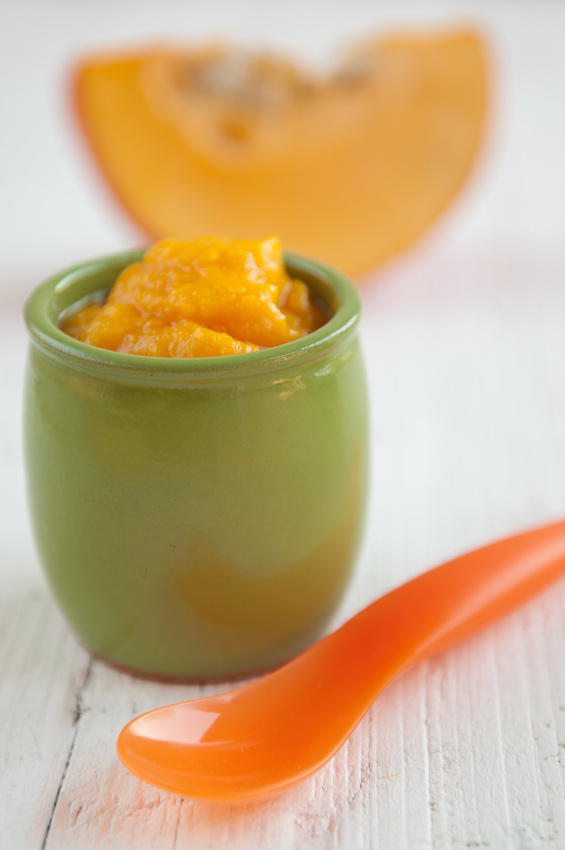 8 / 10
8 / 10 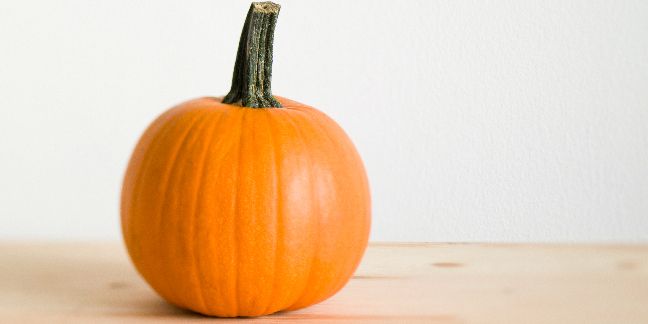 The plant produces short lashes. The pumpkin is spherical, evenly colored yellow, without spots and stripes, with a smooth non-segmented surface, weighing 1–2 kg. The pulp is light yellow, sweetish, tender, medium juicy, thin. The bark is rough, thin. To obtain larger fruits, it is recommended to normalize, leaving the plant with three lashes with 1 - 2 ovaries. This variety of pumpkin has good stress resistance, it is recommended in reviews by gardeners and farmers from Ufa, Moscow and other regions.
The plant produces short lashes. The pumpkin is spherical, evenly colored yellow, without spots and stripes, with a smooth non-segmented surface, weighing 1–2 kg. The pulp is light yellow, sweetish, tender, medium juicy, thin. The bark is rough, thin. To obtain larger fruits, it is recommended to normalize, leaving the plant with three lashes with 1 - 2 ovaries. This variety of pumpkin has good stress resistance, it is recommended in reviews by gardeners and farmers from Ufa, Moscow and other regions. 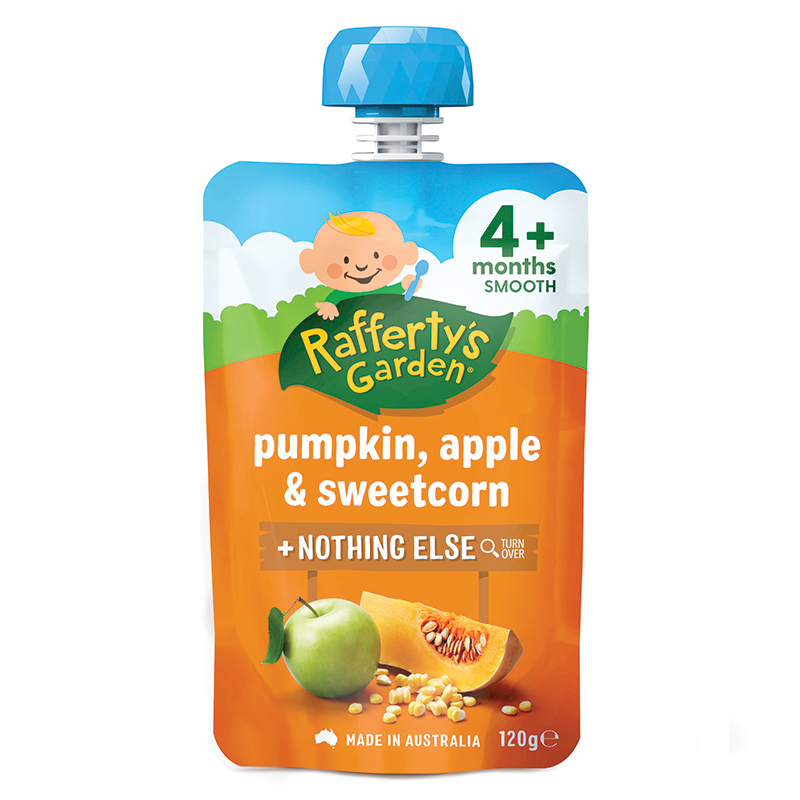 9 / 10
9 / 10 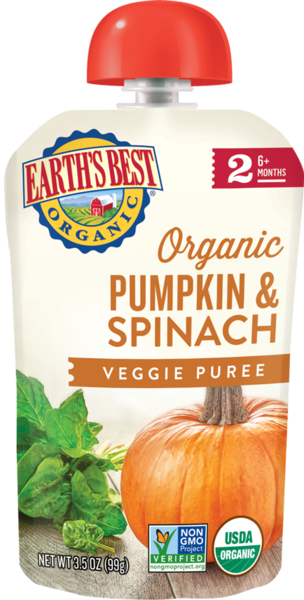 From germination to fruit ripening takes 90 - 100 days. Forms long lashes. The pumpkin is round, very elegant, with a smooth surface, bright yellow, sprinkled with large white powder on top, on a long stalk, weighing 2-4 kg. The flesh is very tender, not fibrous, bright-desirable, thick, with a pleasant sweetness, without a pumpkin smell. The bark is thin, greenish. The main use in cooking is the preparation of pies. A good variety of pumpkin for summer and autumn use.
From germination to fruit ripening takes 90 - 100 days. Forms long lashes. The pumpkin is round, very elegant, with a smooth surface, bright yellow, sprinkled with large white powder on top, on a long stalk, weighing 2-4 kg. The flesh is very tender, not fibrous, bright-desirable, thick, with a pleasant sweetness, without a pumpkin smell. The bark is thin, greenish. The main use in cooking is the preparation of pies. A good variety of pumpkin for summer and autumn use.  8 / 10
8 / 10 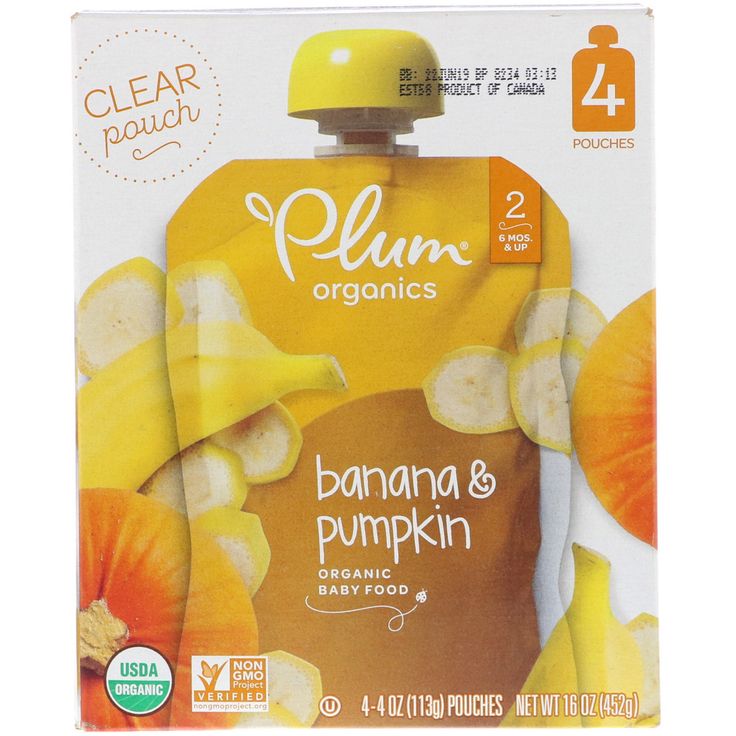 Belongs to the variety type Butternat - a hybrid of Muscat pumpkin and Israeli pumpkin. The plant produces powerful and long lashes up to 5 meters. The gourd is club-shaped, with a "constriction" in the center, pale yellow, with a smooth surface, with mild lobes, weighing 3.5 - 4.5 kg. The flesh is rich orange, dense, starchy, medium juicy, thick, sweet, with a refreshing watermelon aroma, with a small seed chamber. After harvesting, the fruits retain their taste for up to 4 months. Suitable for autumn and autumn-winter use. The pulp is fibrous when ripe.
Belongs to the variety type Butternat - a hybrid of Muscat pumpkin and Israeli pumpkin. The plant produces powerful and long lashes up to 5 meters. The gourd is club-shaped, with a "constriction" in the center, pale yellow, with a smooth surface, with mild lobes, weighing 3.5 - 4.5 kg. The flesh is rich orange, dense, starchy, medium juicy, thick, sweet, with a refreshing watermelon aroma, with a small seed chamber. After harvesting, the fruits retain their taste for up to 4 months. Suitable for autumn and autumn-winter use. The pulp is fibrous when ripe. 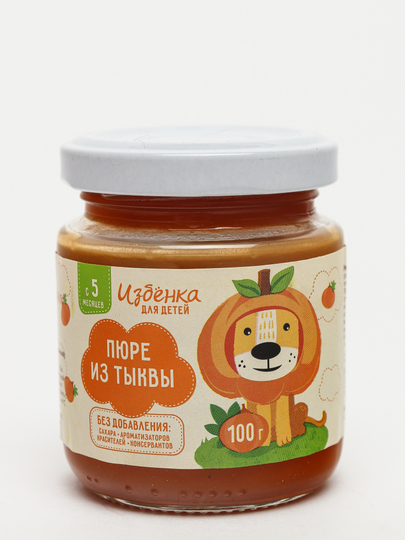 9 / 10
9 / 10  The fruits ripen in 125 - 130 days after germination. The plant is medium-sized, gives lashes up to 6 meters long. The leaves are grayish with small spots. The pumpkin is wide-oval, shortened, with pronounced lobes, ribbed at the stem, on a long petiole, weighing 4.5 - 7 kg. The color is dark pink with an orange tan, a green mesh pattern and large light spots; when ripe, the background becomes brown-brown. The flesh is red-orange, crisp, sweetish, with a nutmeg flavor, up to 10 cm thick, with a large seed nest. It is characterized by a high content of carotene.
The fruits ripen in 125 - 130 days after germination. The plant is medium-sized, gives lashes up to 6 meters long. The leaves are grayish with small spots. The pumpkin is wide-oval, shortened, with pronounced lobes, ribbed at the stem, on a long petiole, weighing 4.5 - 7 kg. The color is dark pink with an orange tan, a green mesh pattern and large light spots; when ripe, the background becomes brown-brown. The flesh is red-orange, crisp, sweetish, with a nutmeg flavor, up to 10 cm thick, with a large seed nest. It is characterized by a high content of carotene.  8 / 10
8 / 10 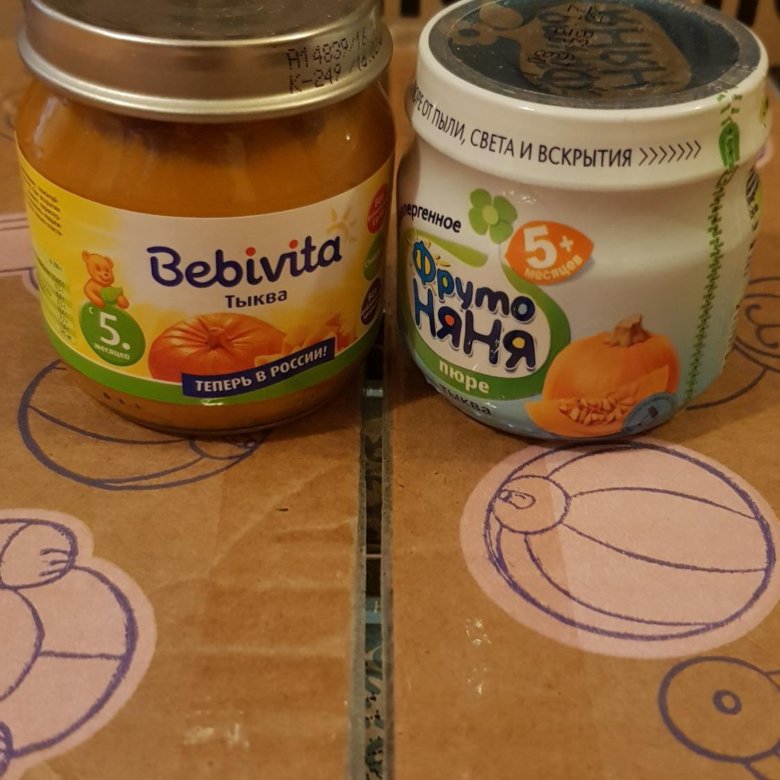 Ripening is medium late. The plant produces lashes of medium length, there is no spotting on the leaves. The pumpkin is flat-round, with pronounced deep lobes, brown with an orange tint, with a wax coating, weighing 3-8 kg. The pulp is dense, thick, orange, medium juicy, slightly sweet, without pumpkin smell. The seed nest is medium in size. Suitable for winter and winter-spring use.
Ripening is medium late. The plant produces lashes of medium length, there is no spotting on the leaves. The pumpkin is flat-round, with pronounced deep lobes, brown with an orange tint, with a wax coating, weighing 3-8 kg. The pulp is dense, thick, orange, medium juicy, slightly sweet, without pumpkin smell. The seed nest is medium in size. Suitable for winter and winter-spring use. 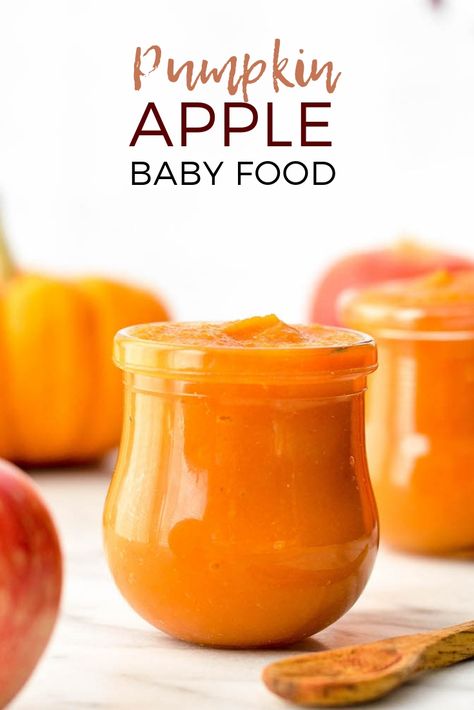 8 / 10
8 / 10 